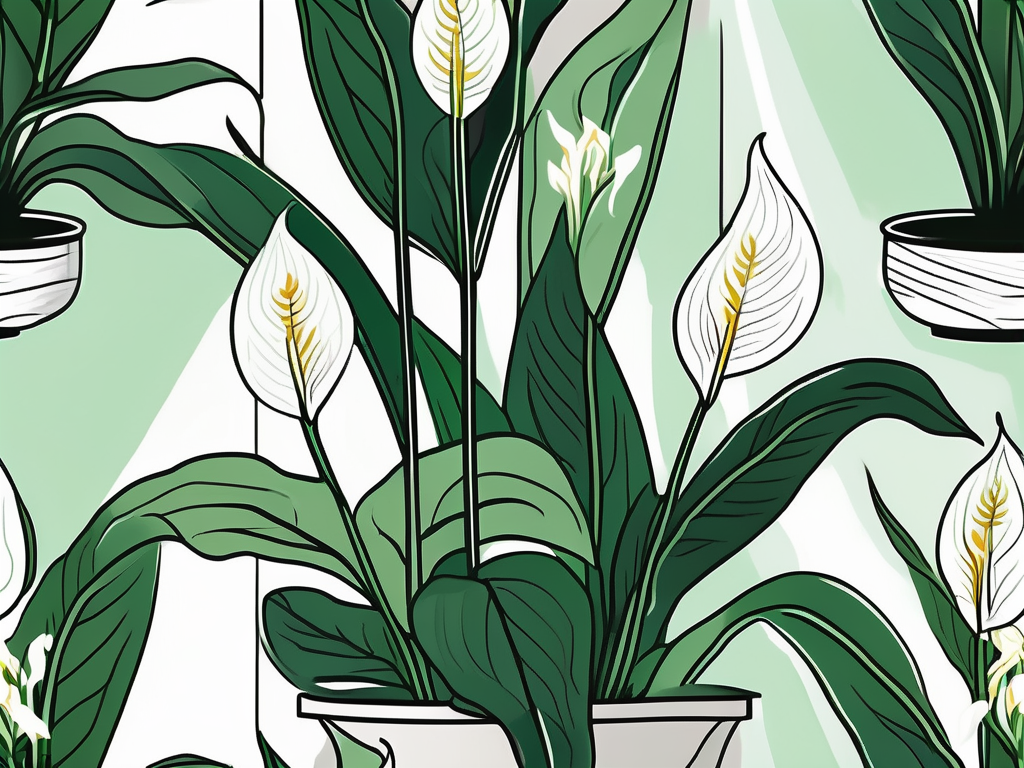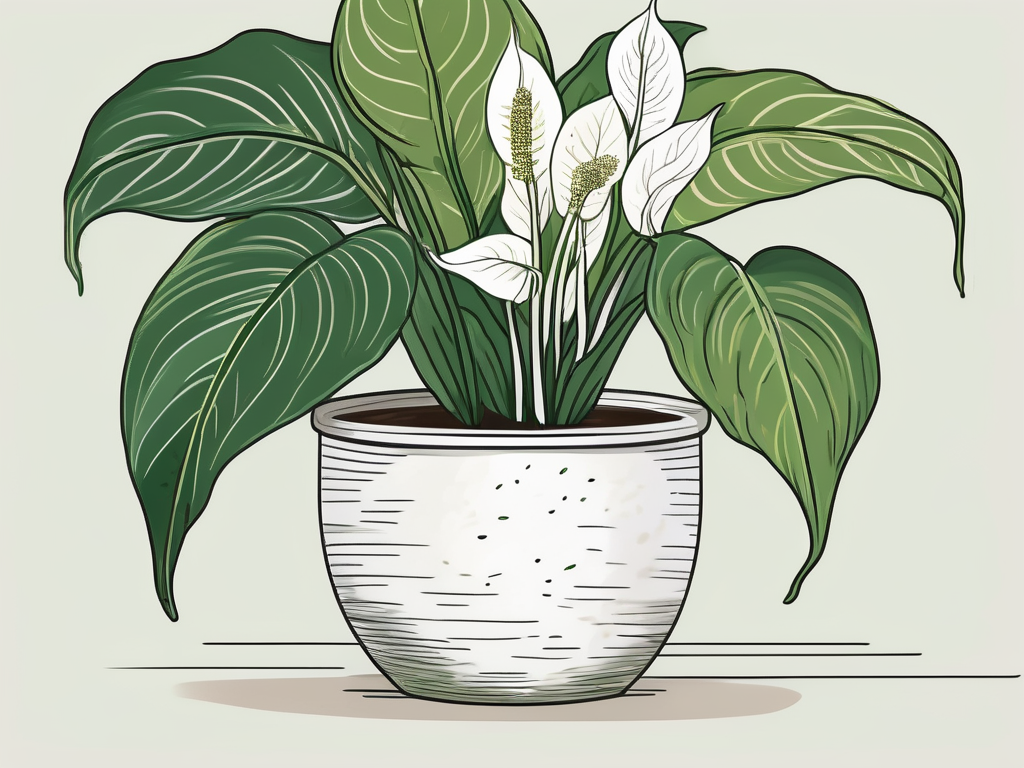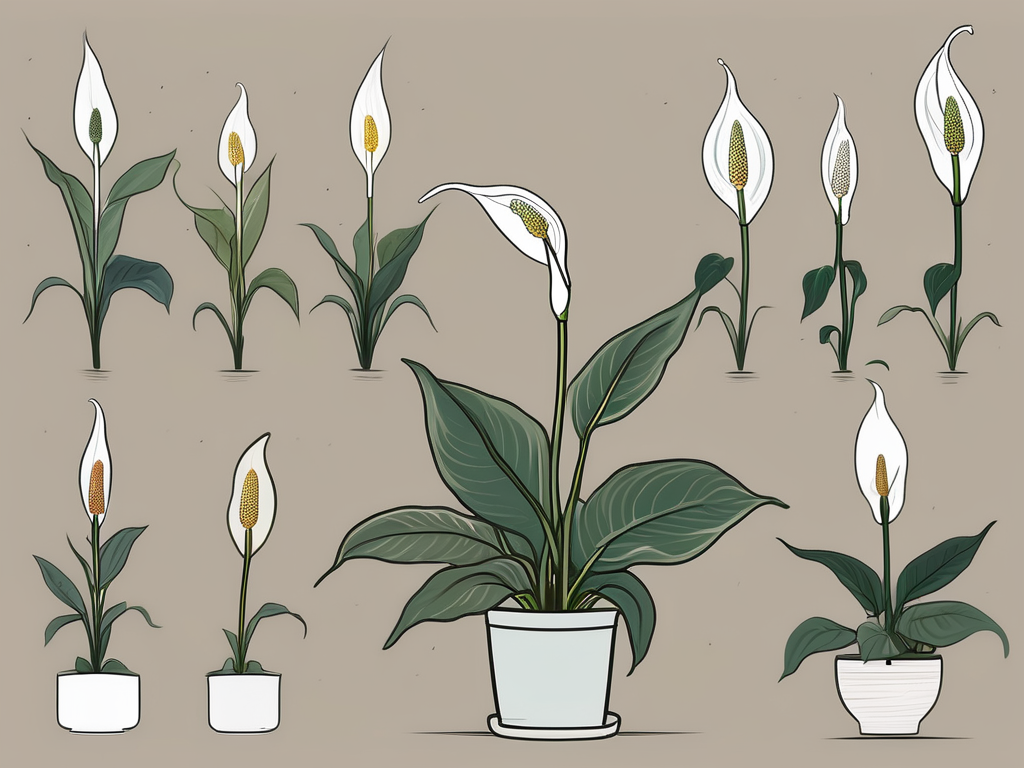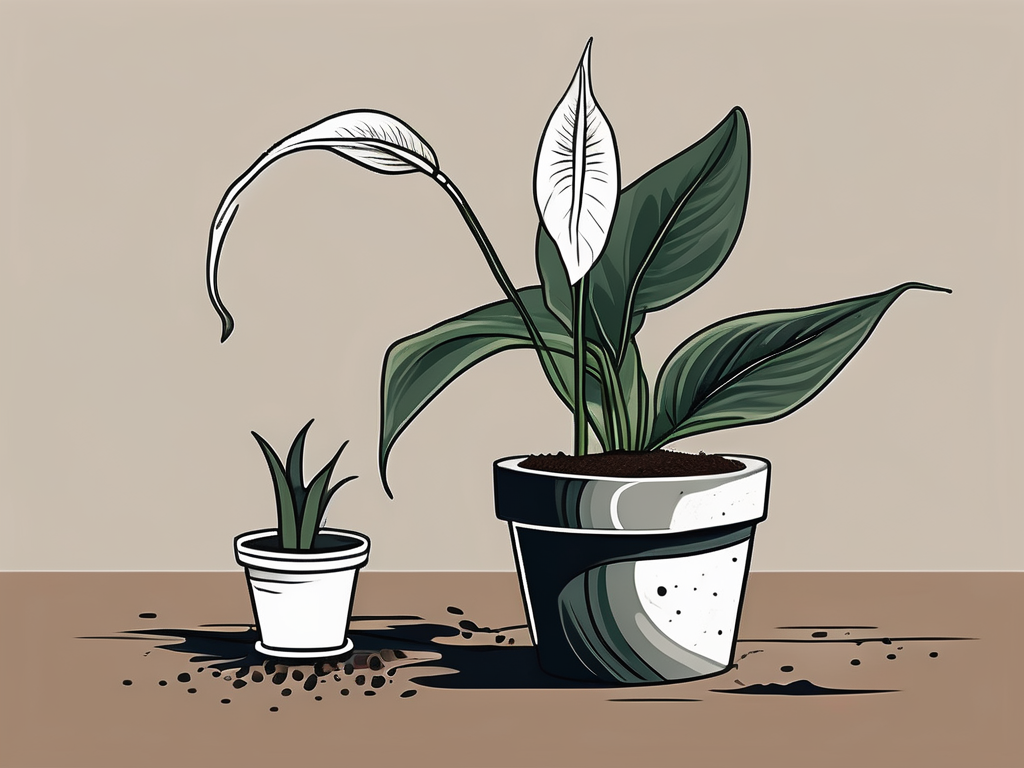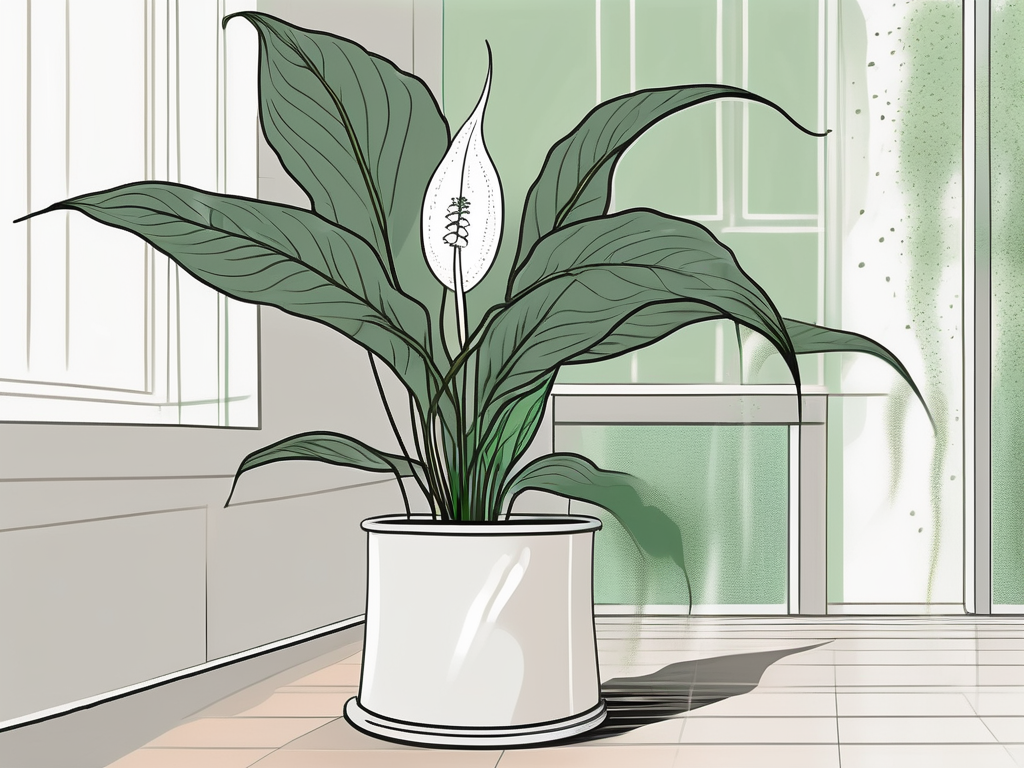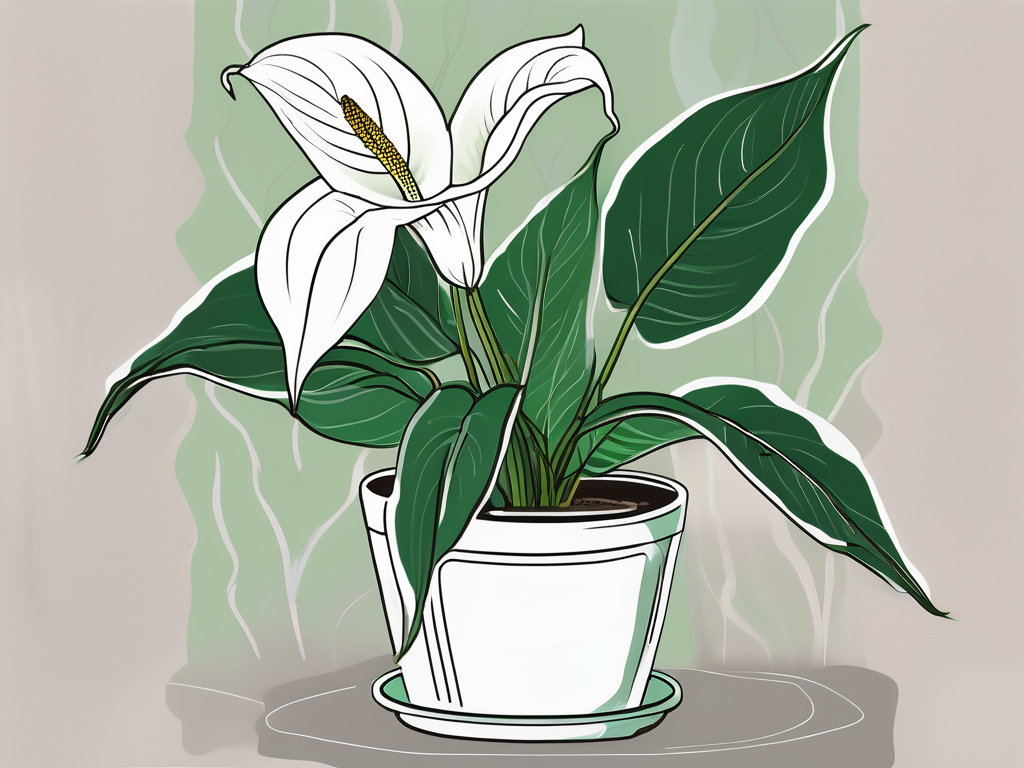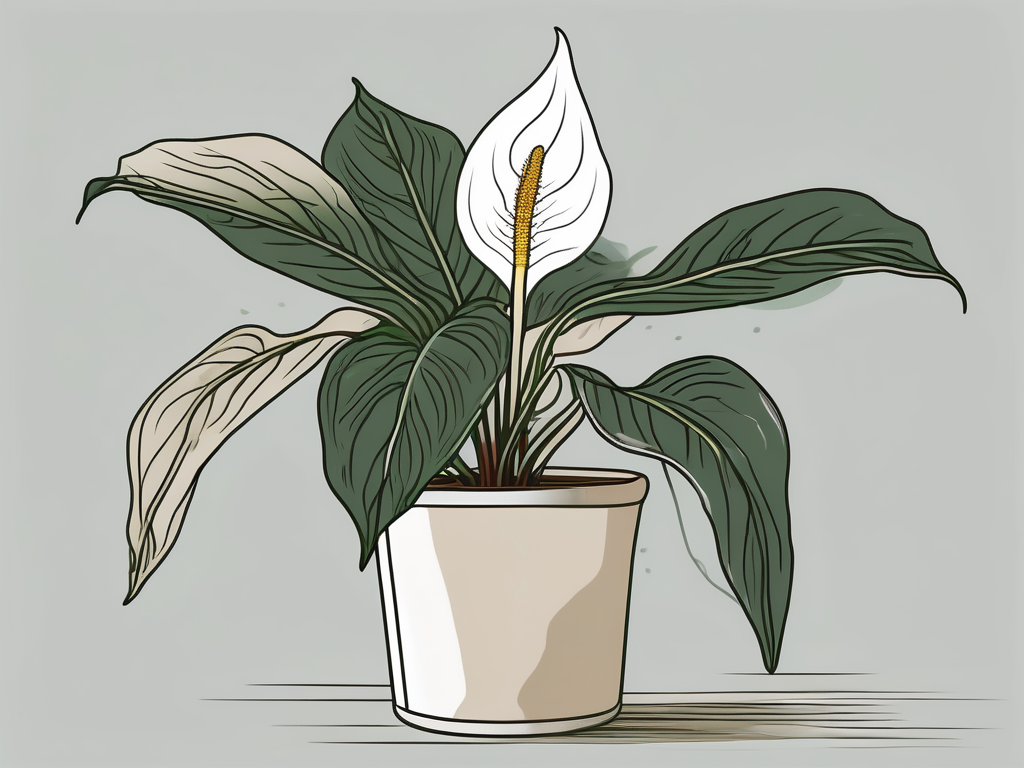
Picasso Peace Lilies are like the Van Gogh paintings of the plant world, adding a splash of artistic beauty to any garden or home. With their striking white blooms and lush green leaves, they're sure to catch the eye of anyone who passes by. But what if you could grow these masterpieces from seeds? It's a journey that promises not just beauty but a sense of accomplishment and connection to nature.
In this article, we'll explore everything you need to know about Picasso Peace Lily seeds. From selecting the perfect seeds to nurturing them into thriving plants, we're here to guide you every step of the way. So, if you're ready to add a touch of elegance and tranquility to your space, keep reading. We've got some exciting plant wisdom to share!
Understanding Picasso Peace Lilies
Let's start by getting to know the Picasso Peace Lily. These plants are a cultivar of the Spathiphyllum, a popular houseplant known for its easy-going nature and air-purifying qualities. The Picasso variety stands out with its unique variegated leaves, featuring bold strokes of cream or white against deep green. It's like having a living piece of art in your home.
Peace Lilies hail from tropical regions, which means they love warmth and humidity. They're not just pretty faces; they're also known for their ability to filter toxins from the air, making them both a beautiful and practical addition to any indoor space. While they are typically grown as houseplants, with the right care, they can also thrive in a garden setting, particularly in shaded areas.
When it comes to growing Picasso Peace Lilies from seeds, patience is key. Unlike some plants that sprout quickly, these beauties take their time. But don't worry, with the right guidance, you'll be well on your way to growing your own Picasso masterpiece.
Selecting the Right Seeds
The first step in your Picasso Peace Lily journey is choosing the right seeds. While it might seem as simple as picking up a packet from your local garden center, there's a bit more to it. Quality is crucial, as it determines the health and vibrancy of your future plants.
When shopping for seeds, look for reputable suppliers who specialize in Peace Lilies or exotic plants. This ensures you're getting seeds that have been properly sourced and stored. You want seeds that are fresh and viable, as older seeds may not germinate as well.
An important thing to note is that Picasso Peace Lily seeds can sometimes be a bit elusive. They're not as commonly available as seeds for other plants. However, don't be discouraged! Online plant communities and specialized retailers can be great resources. Don't hesitate to reach out to fellow plant lovers for recommendations on where to find high-quality seeds.
Preparing Your Planting Area
Once you've got your seeds, it's time to prepare a cozy home for them. Picasso Peace Lilies thrive in environments that mimic their natural tropical habitat. This means you'll need to create a warm, humid space with indirect light.
If you're planting indoors, choose a spot that receives bright, filtered light. A north or east-facing window is often a good choice. If you're aiming to grow them outdoors, find a shaded area where they'll be protected from harsh sunlight.
Next, let's talk soil. Peace Lilies prefer well-draining soil that's rich in organic matter. You can create the perfect mix by combining equal parts potting soil, peat moss, and perlite. This blend will provide the right balance of moisture retention and drainage.
Prepare your pots or garden bed by filling them with this mix and gently patting it down. Ensure there are drainage holes to prevent water from pooling, as these plants don't like to sit in soggy soil.
Planting Your Seeds
With your planting area ready, it's time to sow those seeds. Handle them with care, as they're quite small and delicate. Gently press each seed into the soil, covering it lightly. It's best to plant them about half an inch deep.
Space your seeds a few inches apart if you're planting multiple in one pot or garden bed. This allows room for each plant to grow without competing for nutrients and space.
After planting, give the soil a light misting of water. You want it to be damp but not waterlogged. To create a humid environment, consider covering your pots with a plastic dome or placing them in a mini greenhouse. This helps retain moisture and warmth, which is essential for seed germination.
Now comes the part where patience is truly a virtue. Peace Lily seeds can take several weeks to germinate. During this time, keep the soil consistently moist and maintain a warm temperature. A heating mat can be helpful if you're in a cooler climate.
Caring for Seedlings
Once your seeds sprout, you'll start to see tiny green shoots breaking through the soil. Congratulations, you're officially a plant parent! But the journey doesn't stop here. These little seedlings need some extra TLC to grow into strong, healthy plants.
First, focus on lighting. Seedlings need plenty of bright, indirect light. If natural light is limited, you might consider using a grow light to supplement. Ensure the light source is not too close to avoid scorching the delicate new leaves.
Watering is another crucial aspect. Keep the soil consistently moist, but be careful not to overwater. Seedlings are particularly vulnerable to root rot, so it's better to err on the side of caution. You can check the moisture level by sticking your finger into the soil about an inch deep; if it feels dry, it's time to water.
Fertilization can give your seedlings a boost. Use a diluted, balanced liquid fertilizer every few weeks to provide essential nutrients. However, it's important not to over-fertilize, as this can damage the young plants.
Transplanting Your Peace Lilies
As your seedlings grow, they'll eventually need more space. Transplanting is the next step in their journey. Wait until the seedlings have at least two sets of true leaves before considering a move.
Choose pots that are a few inches larger than the current ones, or prepare a spot in your garden if you're planting outdoors. Ensure the soil mix is similar to what you used initially: well-draining and rich in organic matter.
Gently remove the seedlings from their current pots, taking care not to damage the roots. You might find it helpful to water them slightly beforehand to make the soil easier to work with. Place each seedling in its new pot or garden spot, covering the roots with soil and gently pressing it down.
After transplanting, water the plants thoroughly to help them settle into their new homes. Continue to provide them with the proper light and care as they adjust to their new surroundings.
Dealing with Common Issues
Even the most diligent plant parents encounter challenges. When it comes to Picasso Peace Lilies, there are a few common issues to watch for.
Yellowing Leaves: This is often a sign of overwatering. Make sure your pots have adequate drainage and allow the soil to dry slightly between waterings.
Brown Leaf Tips: This could be due to low humidity or too much direct sunlight. Increase humidity using a humidifier or pebble tray, and ensure your plants are not in direct sunlight.
Pests: Peace Lilies can attract pests like spider mites or aphids. Regularly check the leaves and stems for signs of infestation. If you spot any unwanted visitors, treat them with insecticidal soap or neem oil spray.
Remember, every plant is unique, and sometimes it takes a bit of trial and error to find what works best. Don't be discouraged by setbacks; they're an opportunity to learn and grow as a plant parent.
Incorporating Peace Lilies into Your Space
Beyond their role as beautiful houseplants, Picasso Peace Lilies can play a starring role in your interior design. Their striking appearance and air-purifying qualities make them a versatile addition to any room.
Consider placing a Peace Lily in your living room to create a calming focal point. Their presence can help break up the monotony of furniture and add a touch of nature to your decor. They also do well in bathrooms, where the naturally higher humidity levels are a bonus.
Peace Lilies are also excellent companions in the bedroom. Their ability to cleanse the air can contribute to a more restful sleep environment. Plus, the soothing green and white colors can create a serene atmosphere.
If you're feeling creative, try experimenting with different pots and stands to showcase your Peace Lilies. A decorative pot or an elevated plant stand can turn your plant into a true piece of art.
Benefits of Growing Your Own Peace Lilies
Growing Picasso Peace Lilies from seeds is a rewarding experience with numerous benefits. Not only do you get to enjoy the beauty of these plants, but you also gain a deeper connection to the natural world.
The process of nurturing a plant from seed to full maturity fosters patience and attention to detail. It teaches resilience and adaptability, as you learn to respond to the plant's needs and the environment around it.
Additionally, having plants in your home has been shown to improve mental well-being. They can reduce stress, boost mood, and even improve concentration and productivity. There's something truly special about surrounding yourself with living things that require care and attention.
Plus, by growing your own Peace Lilies, you have the satisfaction of knowing your plants are unique to your home. Each one will have its own character and quirks, making them an integral part of your living space.
Final Thoughts
Growing Picasso Peace Lilies from seeds is a journey filled with beauty and discovery. From selecting quality seeds to nurturing them into mature plants, each step brings you closer to enjoying a piece of nature's artistry in your home.
At Cafe Planta, we're passionate about helping you succeed in your plant journey. Whether you're looking for unique plant varieties, care accessories, or plant-themed apparel, we've got you covered. If you have any questions, don't hesitate to email us or send us a message on Instagram. Let's grow together and create beautiful, thriving spaces in your home!













